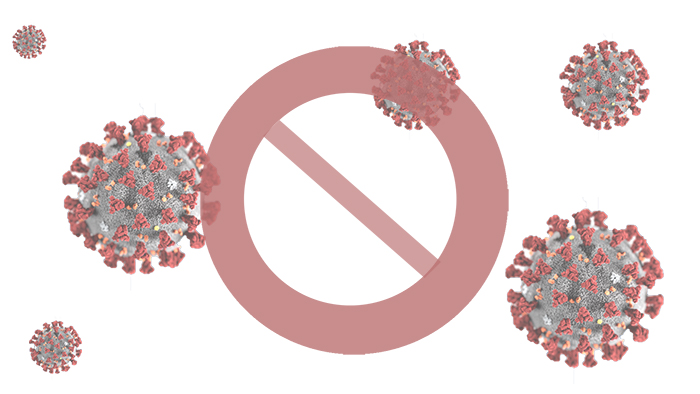In a matter of several weeks, the coronavirus has hit the world by storm as an exponentially contagious outbreak – officially deemed by the WHO (World Health Organization) to be a pandemic. Some countries outside of China have been struck by the virus in especially greater numbers than others. Italy, South Korea, and Iran are just a few – with cases in the United States rapidly increasing by the day.
An outbreak forcing reevaluation of containment procedures
This pandemic is forcing facilities like hospitals and other critical infrastructures to reevaluate current emergency response and quarantine procedures. Every hospital has certain protocol in place for infectious disease and quarantine management. For example, doctors and nurses are trained to preemptively learn how to identify symptoms of various contagious diseases before they strike the community. Many hospitals also pass out memos alerting workers of new information and updates on specific illnesses to be aware of while working. Regular meetings are often held to discuss current issues and ensure everyone is on the same page with updates on disease information.
But how are hospitals alerting staff of newly discovered infected patients? While every hospital follows different protocol, the process is generally a cumbersome manual process of reporting patients for quarantine. Nurses check the reports, then proceed to move the infected person into an isolation room via less traffic-heavy routes, minimizing further exposure to the disease.
Making the case for more innovative and effective practices
With an overly manual process in a bustling environment, one can only imagine how difficult it can be to enforce security policy through a sea of contagion and chaos. And, it’s hard to image how hectic hospitals get when every update is crucial and urgent to the health and safety of not just the patients, but also the employees.
What if there was a solution that would make this process more seamless, organized, and automated? Imagine if a nurse could simply press a button that automated lockdown within certain areas of the hospital when a contagiously infected patient is discovered. This would keep the contagion from spreading to others while allowing the clinician to seamlessly transfer the patient to a contained space or isolation room. And, what if that button were pressed within the hospital’s mobile app, alerting other employees to the infection in real-time and further preventing any virus transfers. Ideally, this solution would allow for a historical record of infectious patient cases for the hospital to easily refer to when needed – including when patients were marked as infected, and in what particular areas of the facility.
ReconaSense’s risk-adaptive access control system is unique in its ability to provide capabilities such as these. It offers countless other use cases where permissions can be changed dynamically and automatically, based on a myriad of predetermined concerning circumstances. During a global crisis like the Coronavirus pandemic where patient and employee health and safety alike are at risk (roughly 4% of cases have occurred in healthcare workers), clinician access to the right tools to contain and prevent disease spread quickly and efficiently is paramount. This is not only necessary for present patient care, but also a preventative and proactive measure for the future.
